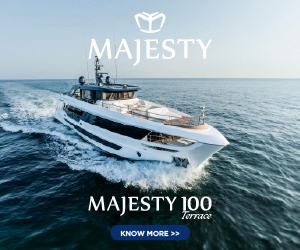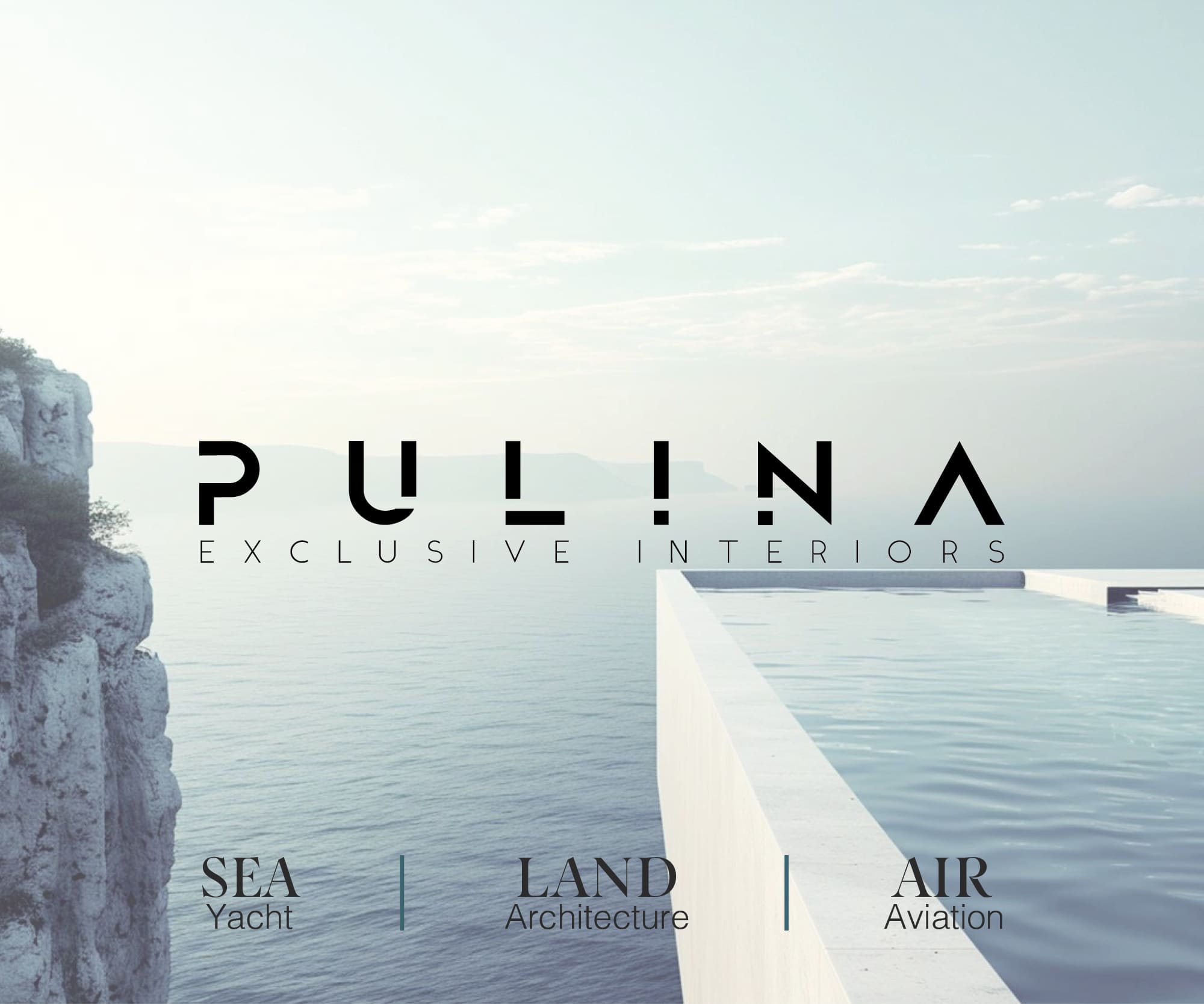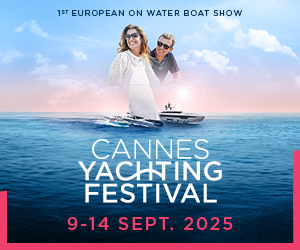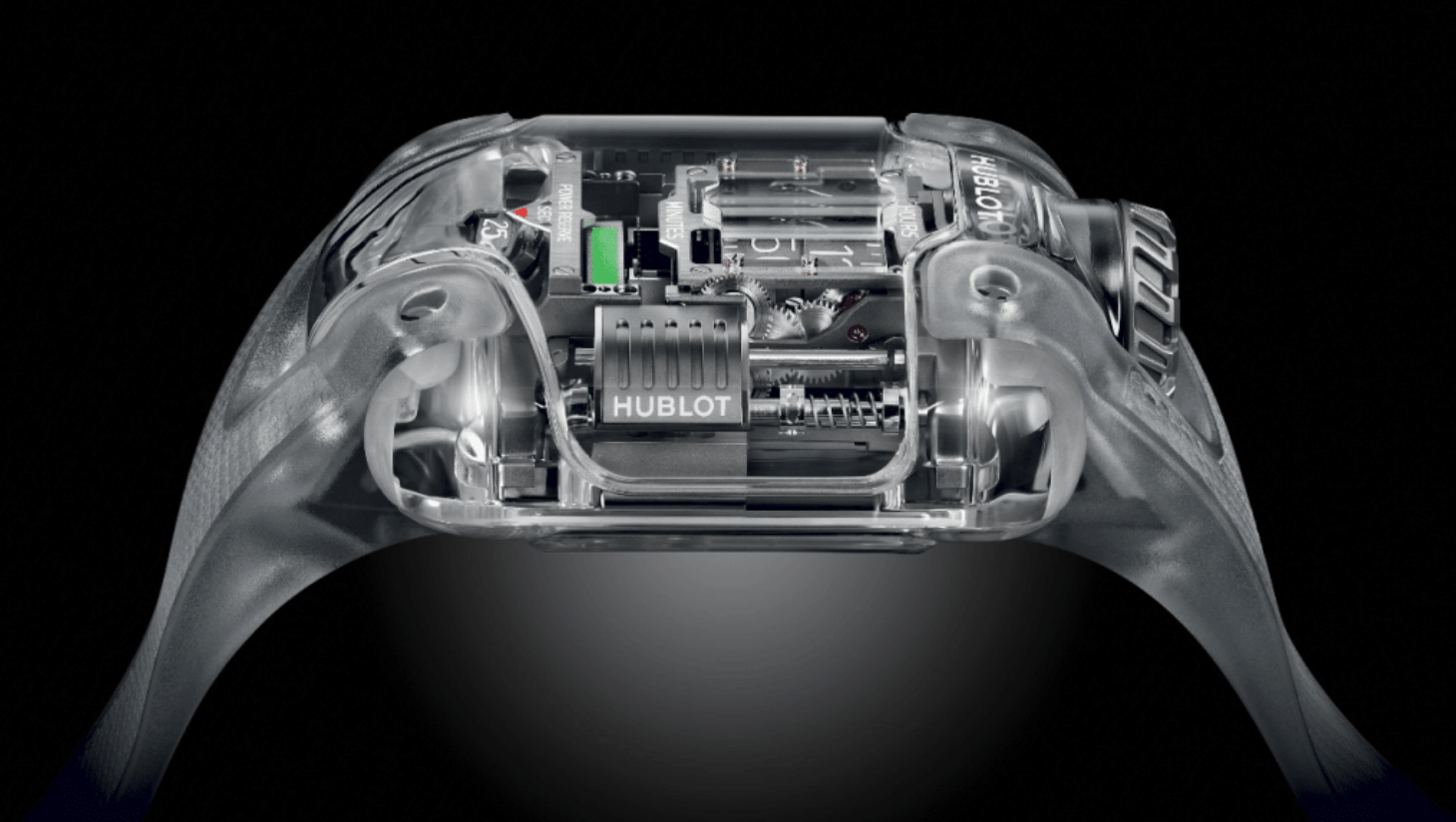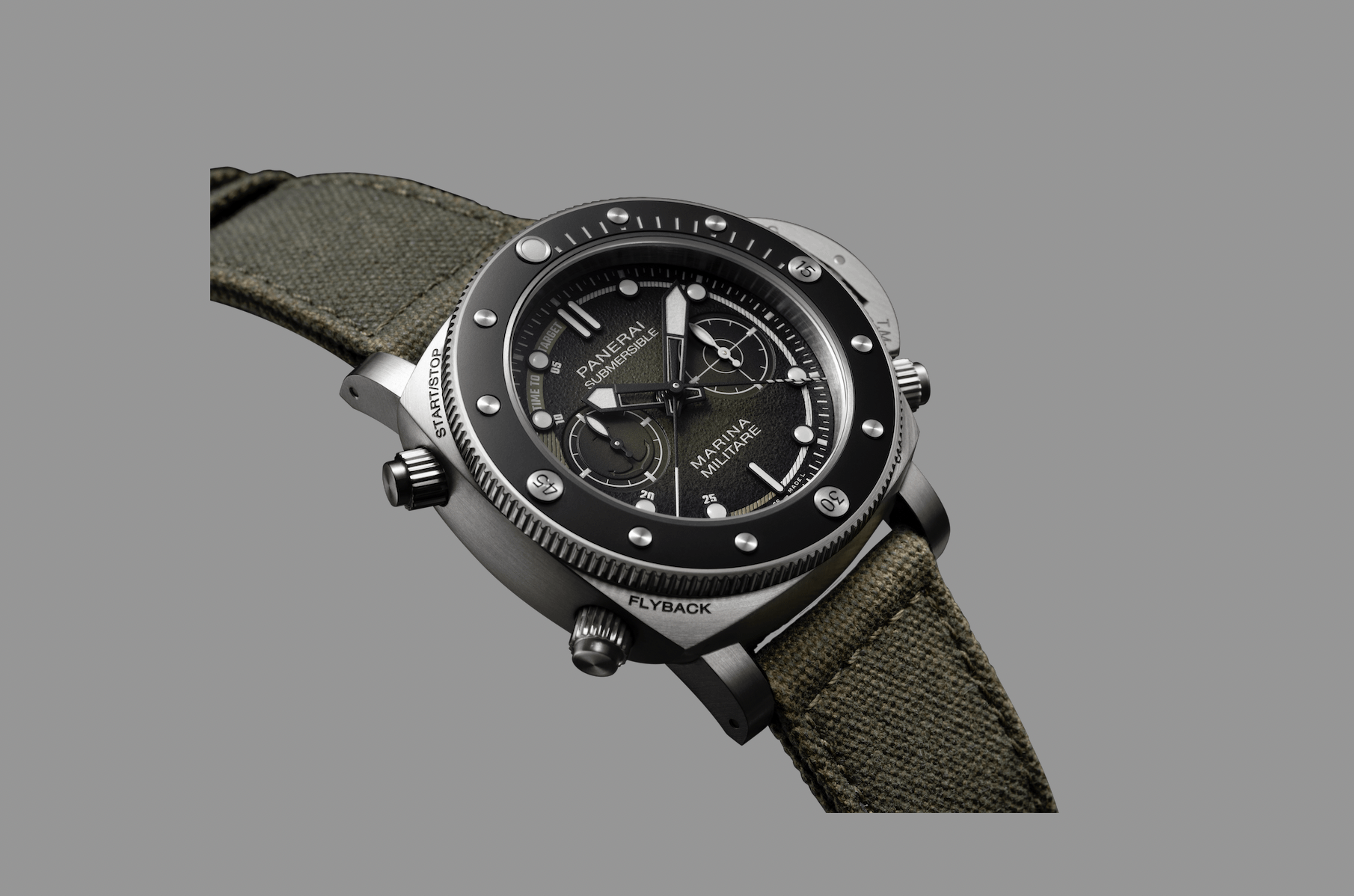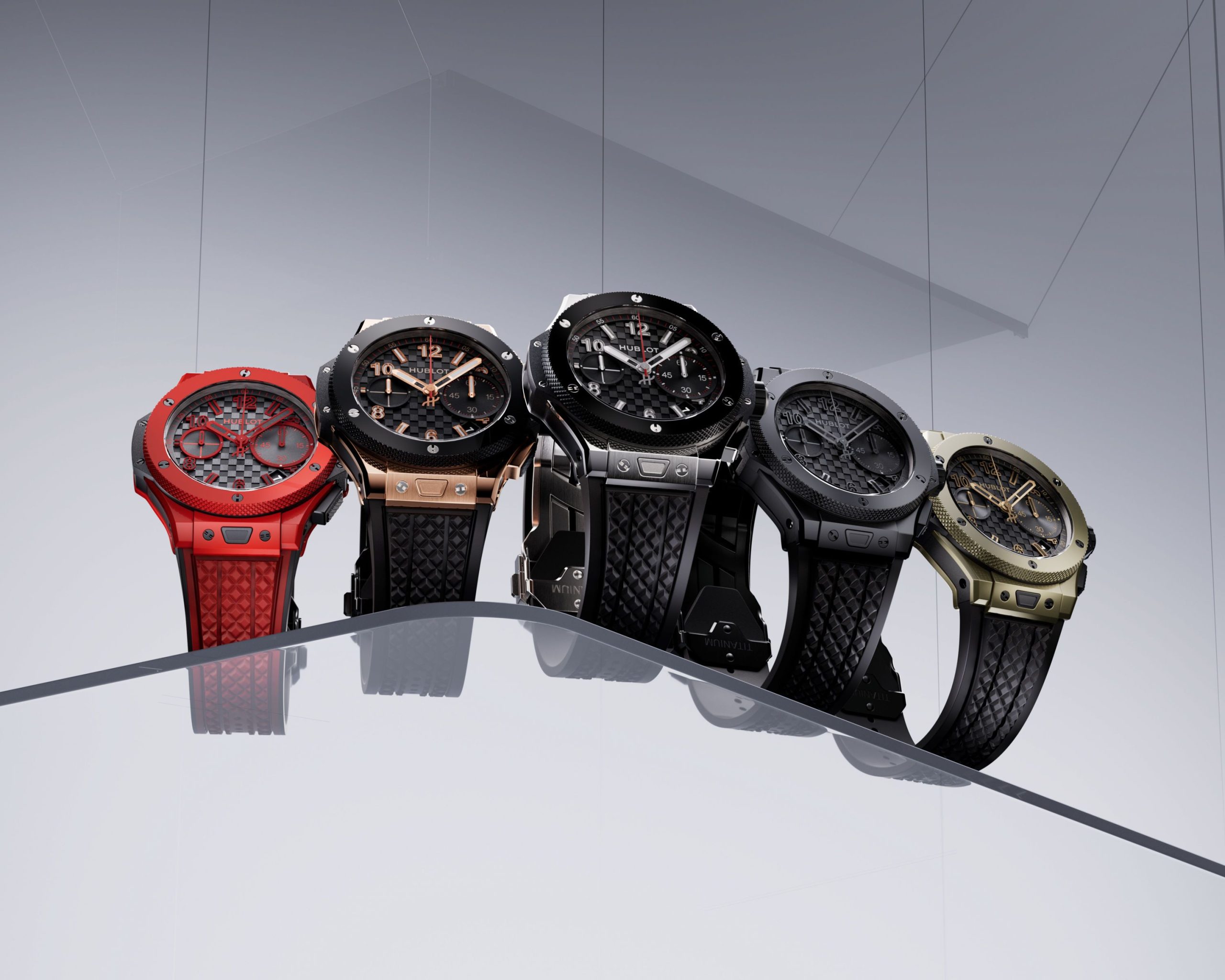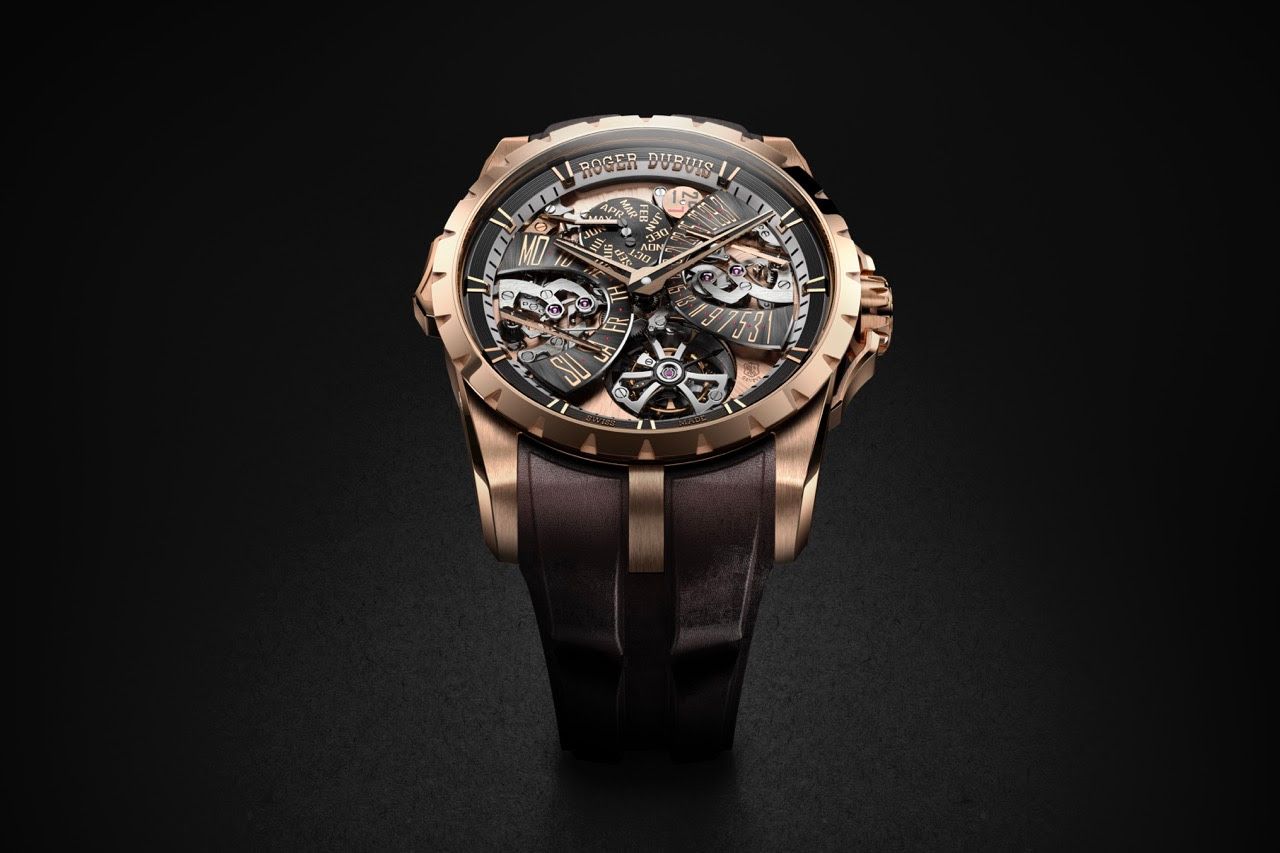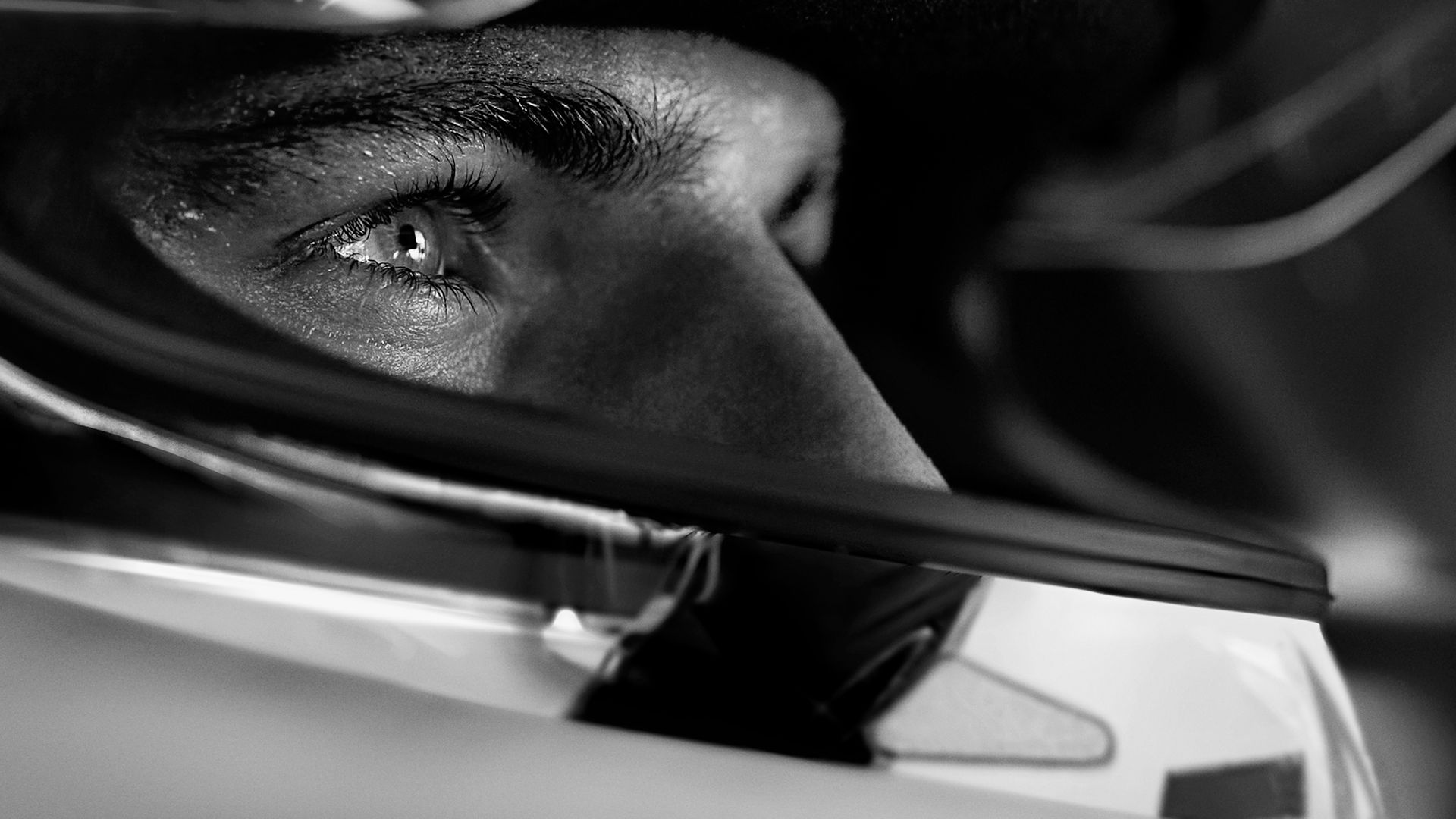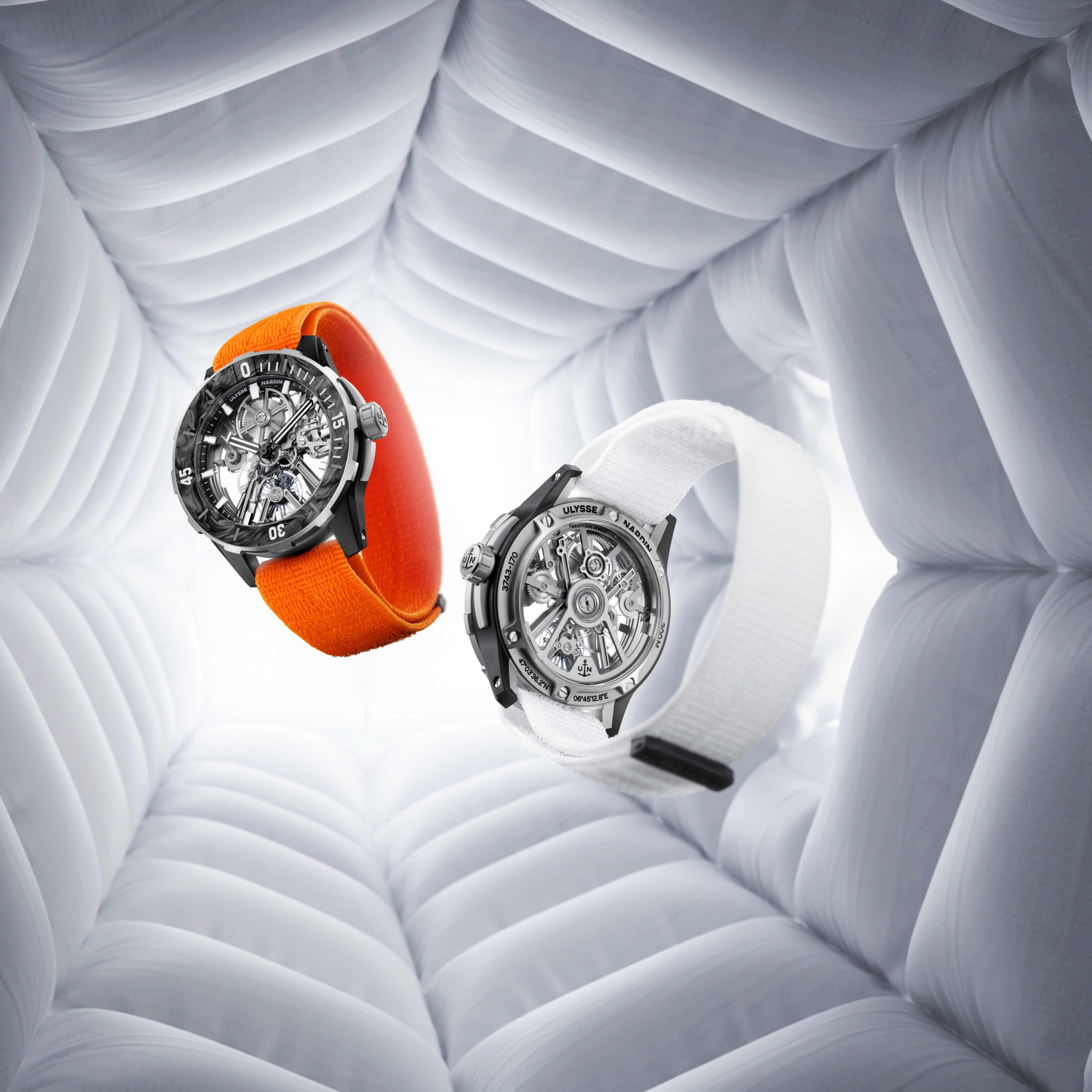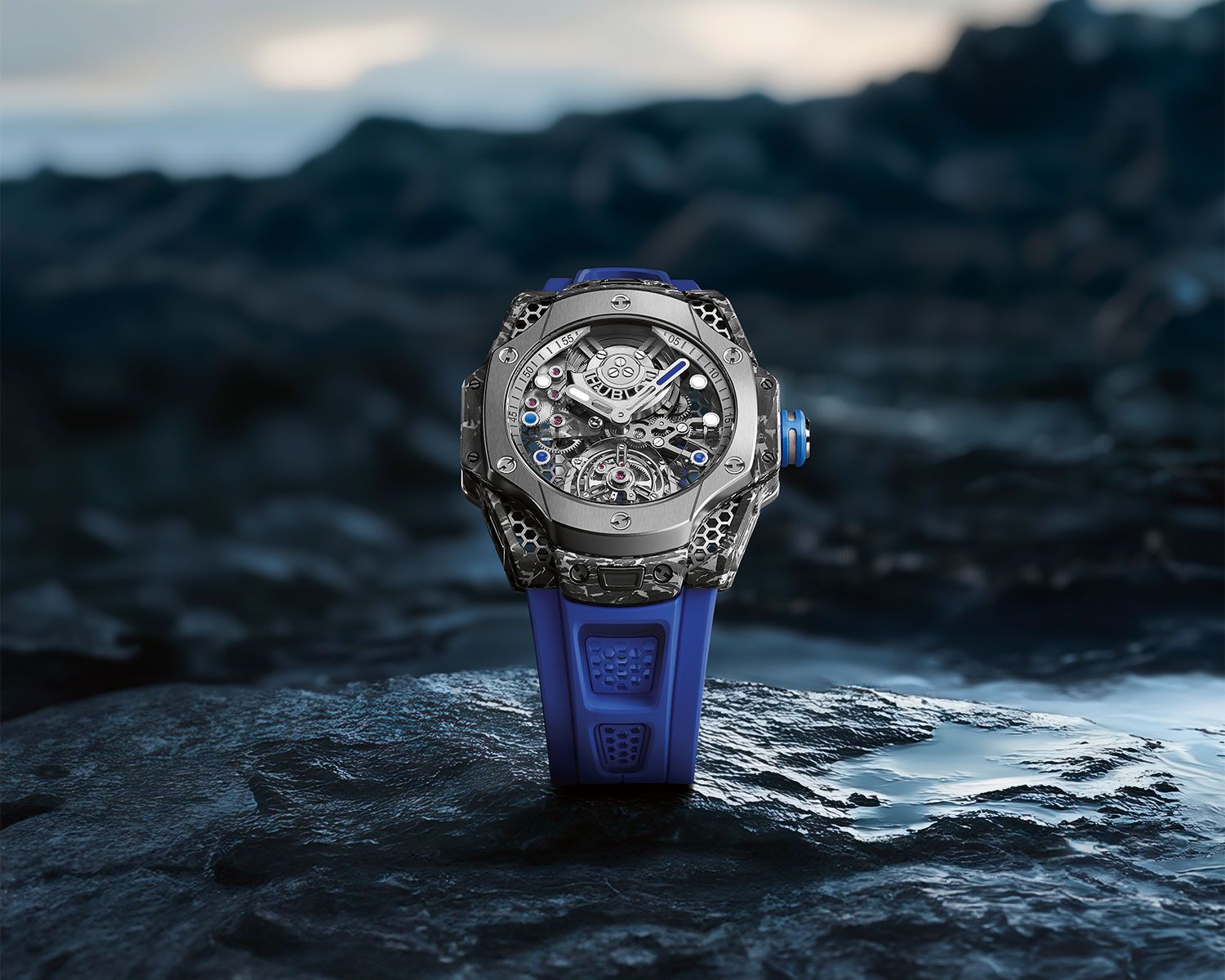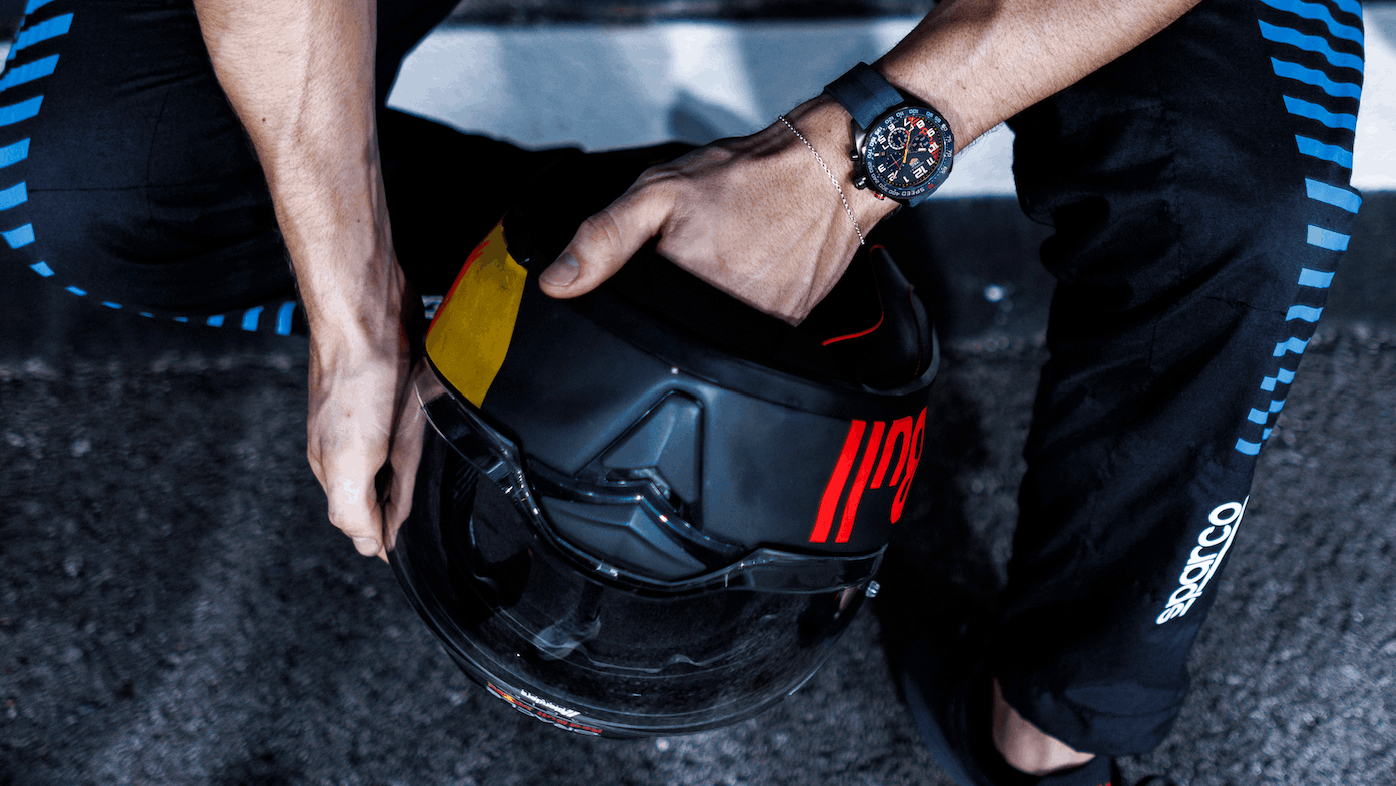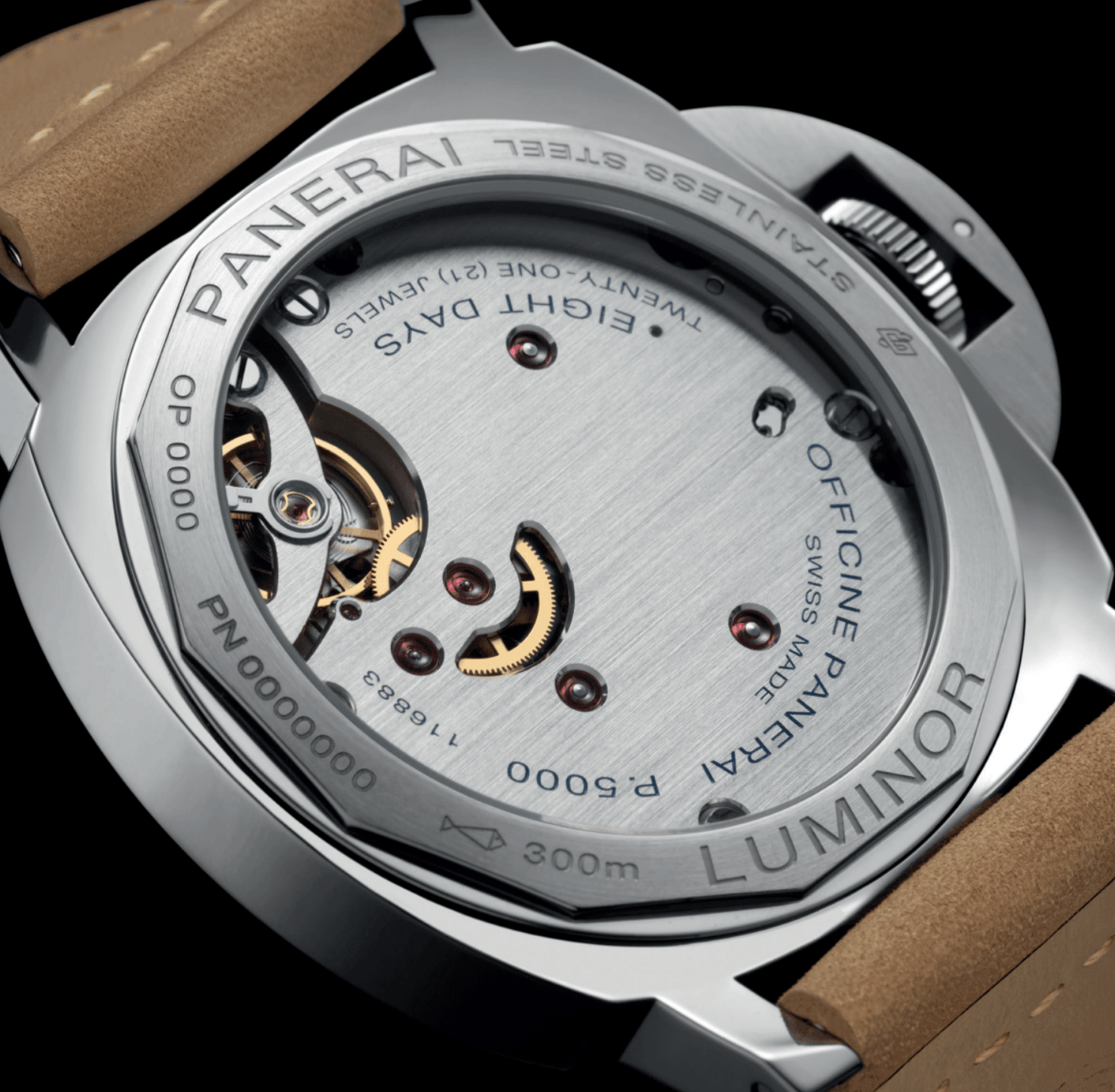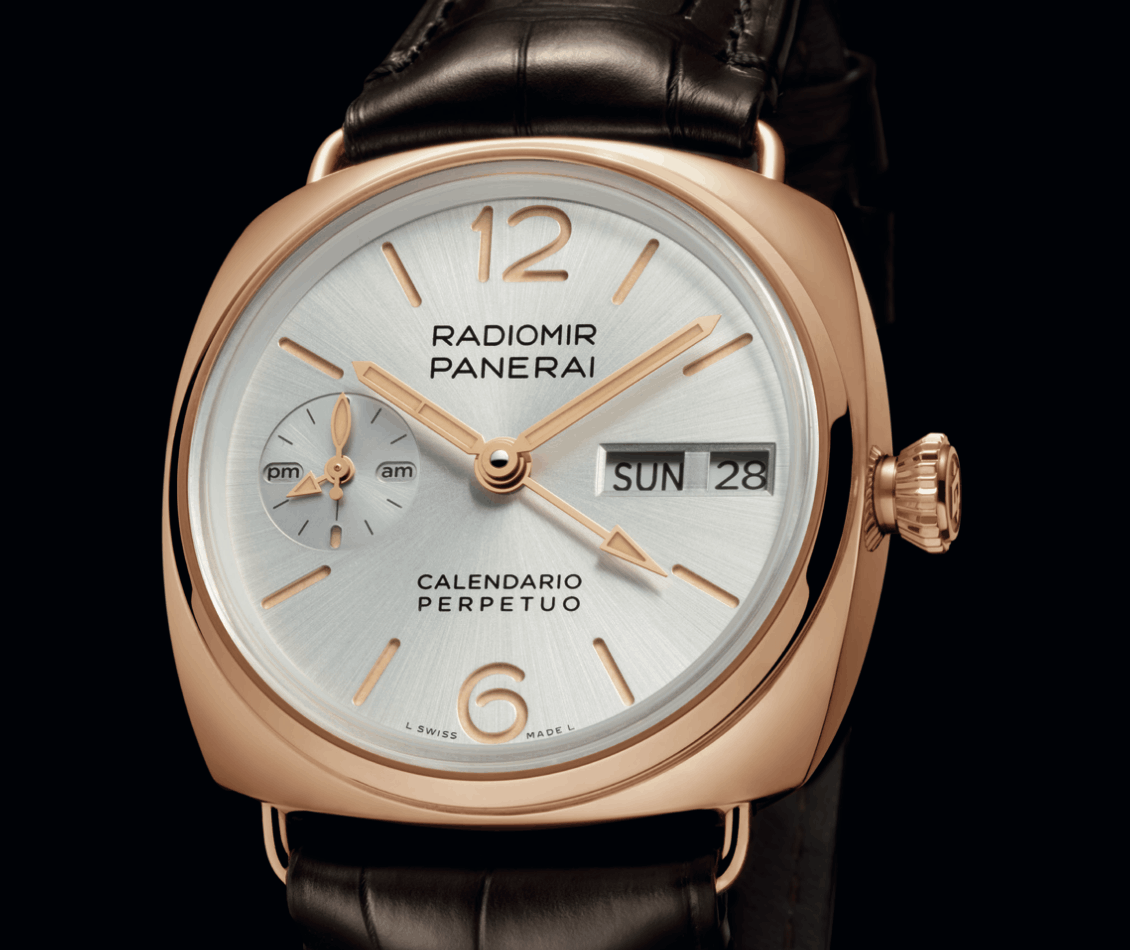Audemars Piguet unveils Albedo by Tomás Saraceno during Art Basel Miami 2018

Developed by Saraceno and Aerocene collaborators, Albedo will take the form of a large-scale temporal pavilion, comprised of 40 reflective, out-turned umbrellas of various sizes, creating a hemispherical sundial on the Miami Beach oceanfront. The experimental structure, which is a continuation of the artist’s work with the Aerocene Foundation, will harness solar energy to lift the iconic Aerocene Explorer into the air whilst keeping it suspended. This floating sculpture imagines a new aerial infrastructure that challenges and redefines a global right to mobility.
The term “albedo” comes from Latin, meaning whiteness. It refers to the amount of solar radiation reflected by a surface in comparison to the total amount it receives. The installation is named for and embodies the aerosolar ethos of Aerocene: functioning free from fossil fuels, using only the energy of the Sun and infrared radiation to power itself. The reflectivity of the Albedo umbrellas allows participants to enter into a relationship with solar energy and the atmosphere. Similarly, the Aerocene Explorer brings awareness to the air we live and breathe in.
The driving concerns of Saraceno’s aerosolar investigations with the Aerocene Foundation resonate with Audemars Piguet’s values and even more so with the mission of the Audemars Piguet Foundation, which has been dedicated since 1992 to the cause of worldwide forest conservation through environmental protection and youth awareness-raising endeavours. As Tomás Saraceno shared: “Our mutual interest in preserving our planet for future generations makes our collaboration in Miami Beach all the more meaningful.”
Throughout the week of Art Basel in Miami Beach, visitors will be invited to participate in the immersive artwork’s performative experiments in tune with Miami Beach’s usually sunny December weather, including community solar cooking—a first for an Aerocene project. The Aerocene team will use parabolic solar cookers and will collaborate with culinary incubator the Wynwood Yard to create a unique culinary experience within the art installation. Daily from 11am to 1pm, the Wynwood team will serve visitors a curated menu of local and sustainable ingredients cooked with parabolic solar cookers and the sun’s energy alone. The food selection, which will change every day, will incorporate Miami’s regional cuisine, including corn tamales. As Tomás Saraceno explains, “With solar cooking, we want to explore the possibilities for more sustainable living. The rapid urbanisation that is taking place around the world correlates with a rapid increase in urban poverty and urban food insecurity. With the help of vertical urban farming, one can produce much more food than with regular farming, contributing to healthier eating accessible to everyone.”
Visitors will also be able to borrow an Aerocene Explorer backpack daily from 12pm to 4pm, allowing them to participate in the work and wider Aerocene mission by flying the sculpture on the beach. The Aerocene Explorer backpack is a community tool for solar-powered atmospheric exploration: a tethered-flight starter kit that offers a new way to learn about local and shared air. Like all Aerocene sculptures, the Explorer lifts off the ground only using the heat from the sun, and floats without burning fossil fuels, helium, or other gases. Indeed, through the multitude of Aerocene activities, visitors are invited to learn how to harness the Earth’s solar energy, which allows for a multi-directional exchange towards a joint practice of reflection, for a world free from dependence on fossil fuels.
Saraceno and his collaborators have also developed a public talks programme that will be hosted during the week of Art Basel in Miami Beach. Including Rirkrit Tiravanija (Artist), Rebecca Lamarche-Vadel (Palais de Tokyo, Paris), Miranda Massie (Climate Museum, New York), Eva Diaz (Pratt Institute, New York), Denis Maksimov (Avenir Institute, Berlin), Elvia Wilk (The New School, New York) and Olivier Audemars (Vice Chairmain of Audemars Piguet Board of Directors), the two multidisciplinary talks will explore topics including how it would feel to breathe in a post-fossil fuel era and how we can rethink our relationship with the Universe and response-ability towards Planet Earth.
Albedo will bear a strong kinship with other environmentally-conscious artistic projects commissioned by Audemars Piguet and presented at Art Basel in Miami Beach. These include the 2017 Audemars Piguet Art Commission Slow-Moving Luminaries by Lars Jan, and Theo Jansen’s 2014 Strandbeests, an artistic project in collaboration with the Peabody Essex Museum. Similar to Albedo, these installations investigated fundamental questions about our shared social and ecological future in the form of interactive, experiential, participatory installations marked by a high degree of technological complexity and precision. The Miami Beach oceanfront is, therefore, an inspirational venue to share Albedo with an international public to probe issues of urgent historic and cosmic relevance, and move towards a new Epoch of post-extractivism, the Aerocene.
Across from the Oceanfront, in Collins Park, London-based, Italian visual artist Quayola will present a new public film work titled Promenade; a video diptych exploring the logic and aesthetics of autonomous vehicle computer-vision systems. Different from the human experience, nature is observed and decoded in Promenade with complete detachment. Public screenings of the Audemars Piguet commissioned film will take place on the rotunda in Collins Park from December 6 to 8 (12pm–8pm) and December 9 (12pm–5pm).
Quayola’s film will also be shown in Audemars Piguet Collectors’ Lounge at Art Basel, inside the Miami Beach Convention Center, alongside his photographic series Remains: Vallée de Joux, which was also exhibited at Art Basel in Hong Kong and in Basel this year. His artistry unifies the natural roots of Audemars Piguet with his own visual artistry. His innovative aesthetics goes beyond human senses, incorporating the historic tradition of landscape painting, while mirroring watchmakers’ precision and craftsmanship. For years, Audemars Piguet has been inviting artists to its headquarters to explore the Manufacture’s origins through their own creative interpretations. Quayola created a series of ultra-high resolution prints composed of billions of microscopic points captured by high-precision scanning and drone flights through the secluded forests of the Vallée de Joux amid the Swiss Jura Mountains. Contemplating natural environments through these high-tech apparatuses, Quayola has created new interpretations of the traditional “landscape” of Audemars Piguet’s home.
The Audemars Piguet Collectors’ Lounge also presents the concluding design in a trilogy of lounge concepts by Chilean-born, New-York based artist Sebastian Errazuriz. Errazuriz’s Foundations, based on iron ore—the natural resource at the heart of steel and one of the principal resources used in watchmaking—has previously been seen at Art Basel in Hong Kong and in Basel this year. This design evolves from the previous lounge concepts which were inspired by two other core natural materials native to the Vallée de Joux – ice (Ice Cycle, 2016) and wood (Second Nature, 2017).











